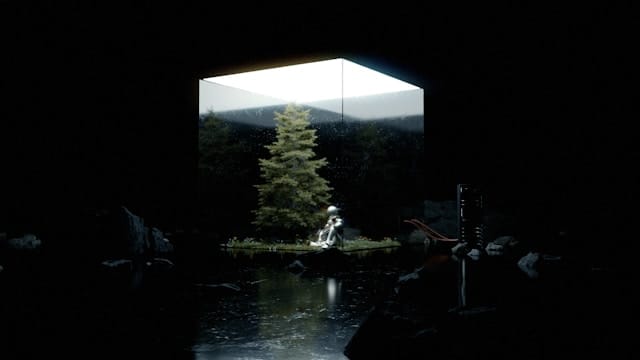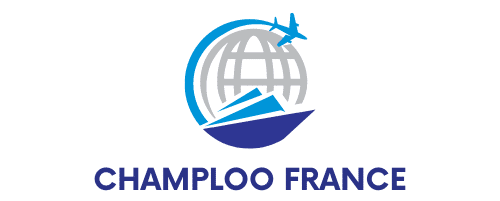How to Develop a Green Roof System for Urban Real Estate Projects?

As the urban landscape continues to expand, it’s crucial that we find innovative ways to blend natural elements into our developing cityscapes. One such solution is the rise of green roofs – systems that incorporate plant life into building design. This practice is not just about aesthetics; it’s about reimagining our urban spaces to be more sustainable, beneficial to local ecosystems, and efficient in managing resources like water and energy. In this article, we will guide you on how to develop a green roof system for urban real estate projects, explaining the design considerations, benefits, and specific components needed to make this environmentally-conscious vision a reality.
Understanding Green Roof Systems
Before diving into the development process, it’s crucial to understand what a green roof system is and how it operates. Built atop an existing roof, a green roof system is designed to grow plants and manage water effectively. It typically includes a waterproofing layer, a root barrier, a drainage system, and a growing medium to nourish the plant life.
Sujet a lire : What Are the Best Strategies to Achieve Net-Zero Carbon Emissions in New Real Estate Developments?
Green roofs are not just a recent fad; they have been used for centuries, particularly in Scandinavian countries, where sod roofs were prevalent. Today, with the push towards sustainability and urban greening, they are being incorporated into building designs worldwide, from small residential projects to large commercial developments.
Designing a Green Roof System
The design of a green roof system for a building or an urban project is an intricate process that requires careful planning. It begins with selecting the right type of green roof – intensive, semi-intensive, or extensive. Intensive green roofs are akin to regular gardens, with deep soil and a diverse range of plants. Semi-intensive roofs are a blend, having a moderate soil depth and a mix of plants. Extensive roofs, on the other hand, have shallow soil and typically house hardy, low-maintenance plants.
Cela peut vous intéresser : What Are the Financial Benefits of Converting Commercial Buildings to Mixed-Use Developments Post-Pandemic?
The building’s structural integrity, access to sunlight, climate, desired aesthetics, and maintenance capabilities will all contribute to the choice of green roof system. Additionally, the design should consider effective stormwater management systems, as one of the primary benefits of green roofs is their ability to absorb and filter rainwater, reducing runoff and the load on local sewer systems.
The Benefits of Green Roofs
Incorporating a green roof system into your urban real estate project offers a multitude of benefits, both to the building itself and the wider community.
For starters, green roofs act as insulators, reducing the need for heating in winter and cooling in summer, thus saving on energy costs. They provide habitats for local wildlife, aiding in biodiversity. Green roofs also contribute to improved air quality, as plants absorb carbon dioxide and other pollutants.
Furthermore, a green roof can be a peaceful retreat in a bustling city, providing mental health benefits to the inhabitants. For commercial properties, a green roof could serve as an attractive feature for potential tenants or buyers, enhancing the building’s marketability.
Incorporating Local Plant Life
When developing a green roof system, it’s essential to consider the local ecosystem. Incorporating native plants not only ensures they’ll thrive with minimal maintenance but also supports local biodiversity.
Researching local plant species, understanding their growth patterns, water needs, and compatibility with other plants is crucial. You should also consider their resistance to pests and diseases. Consulting with a local horticulturist or landscape architect could be beneficial in this stage of the process.
Managing Stormwater with Green Roofs
With urban development increasing impermeable surfaces, managing stormwater has become a pressing issue in many cities. Green roofs are a part of the solution. They can absorb and store rainwater, releasing it slowly back into the atmosphere through evapotranspiration.
A well-designed green roof system can retain up to 80% of rainfall, reducing the stormwater runoff that leads to flooding and sewer overflow. It’s important to carefully design the drainage layer and select the appropriate growing medium and plants to maximize this stormwater management potential.
In conclusion, developing a green roof system for your urban real estate project offers significant benefits, from improved energy efficiency and biodiversity to stormwater management. It’s an investment in sustainability, a step towards a healthier urban environment. Careful design and planning, taking into account local plant life and specific building characteristics, are vital to successfully implementing a green roof system.
Role of Landscape Architects in Green Roofs Development
When it comes to green roof systems, the role of a landscape architect cannot be understated. They are pivotal in the design and planning stages, helping to ensure that all the components of the roof system harmonize. Their expertise is invaluable in the selection of the right type of green roof, the appropriate plant species, and the effective integration of the stormwater management system.
A landscape architect studies the building’s structure, its exposure to sunlight, and the local climate. These factors help determine the growing medium to be used, the types of plants that can thrive, and the best design for the drainage system. In cities like New York, where urban heat islands are a concern, landscape architects can also suggest plants that can help mitigate this issue.
Moreover, landscape architects consider the long-term maintenance of the roof system. They understand that the success of a green roof not only lies in its initial design but also in its sustainability over time. This includes considering factors such as access for maintenance, pest control, and plant health.
Consulting a landscape architect during the initial stages of developing a green roof system can save time, resources, and ensure the longevity and effectiveness of your green roof.
Looking Ahead: The Future of Green Roofs in Urban Development
The concept of a green roof is not new. However, its importance is increasingly being recognized in the context of sustainable urban development across North America and globally. As cities continue to grow, they are seeking ways to balance this expansion with nature, and green roofs are a key part of this equation.
With the proven benefits of green roofs, such as improved energy efficiency, enhanced biodiversity, stormwater management, and reduced urban heat island effects, they are becoming an integral part of green building practices. They offer a green space within the urban concrete jungle, providing aesthetic and mental health benefits in addition to their ecological contributions.
Moreover, technological advancements and research are making green roofs more accessible and efficient. Innovations in materials for the waterproofing layer, root barrier, and drainage system are continually being developed. Research into new plant species that can thrive in the unique environment of a rooftop is also ongoing.
In the future, we can expect green roofs to become commonplace in our cityscapes. Not just as an add-on, but as a core component of urban real estate projects. The development of more extensive green roofs, spanning across multiple buildings or entire city blocks, could also become a reality.
In conclusion, developing a green roof system requires thoughtful design, careful planning, and a deep understanding of the local ecosystem. But with these efforts, it can offer substantial benefits and contribute to shaping a more sustainable and healthier urban future. Whether you are a developer, a landscape architect, or a city planner, the time to embrace green roofing is now.
